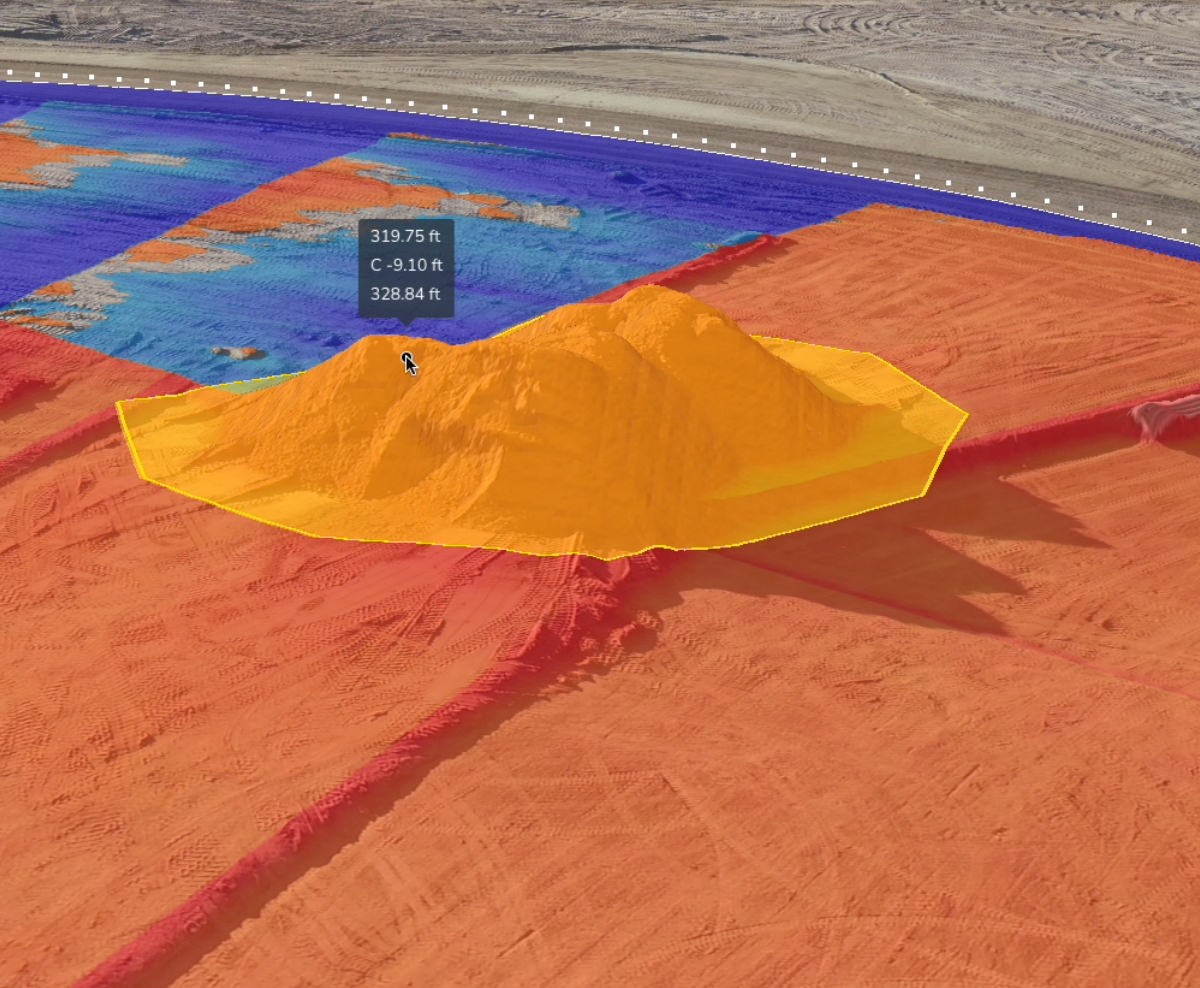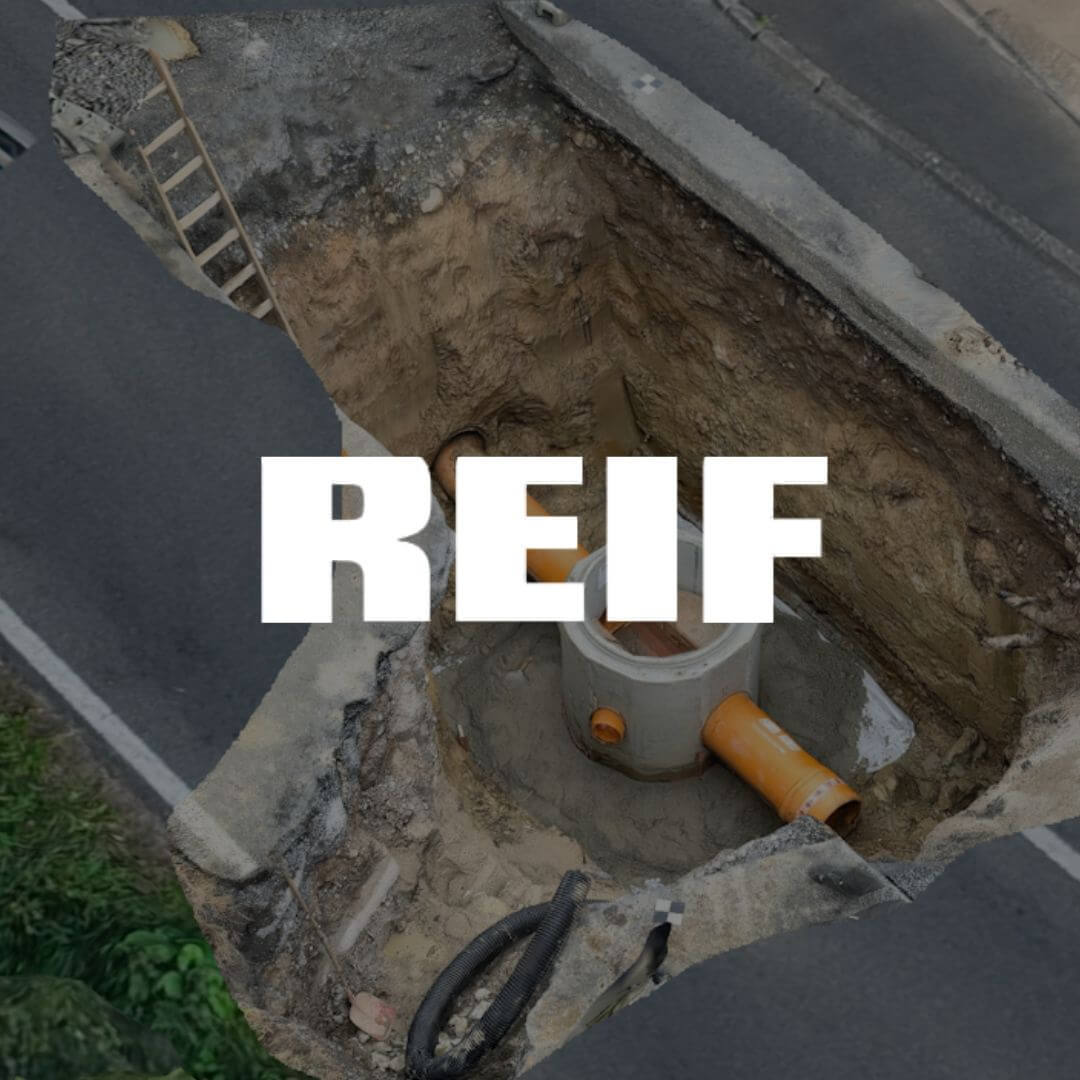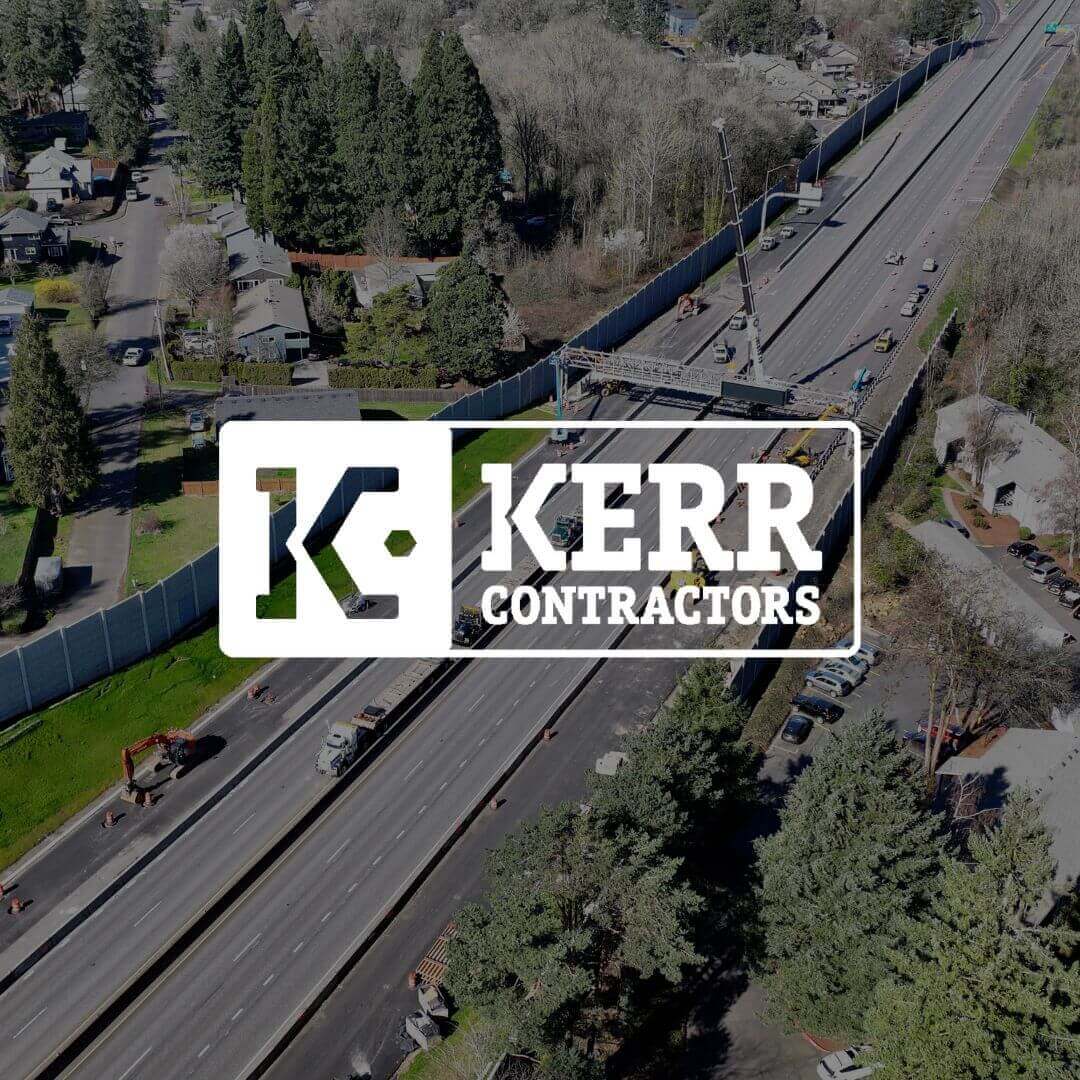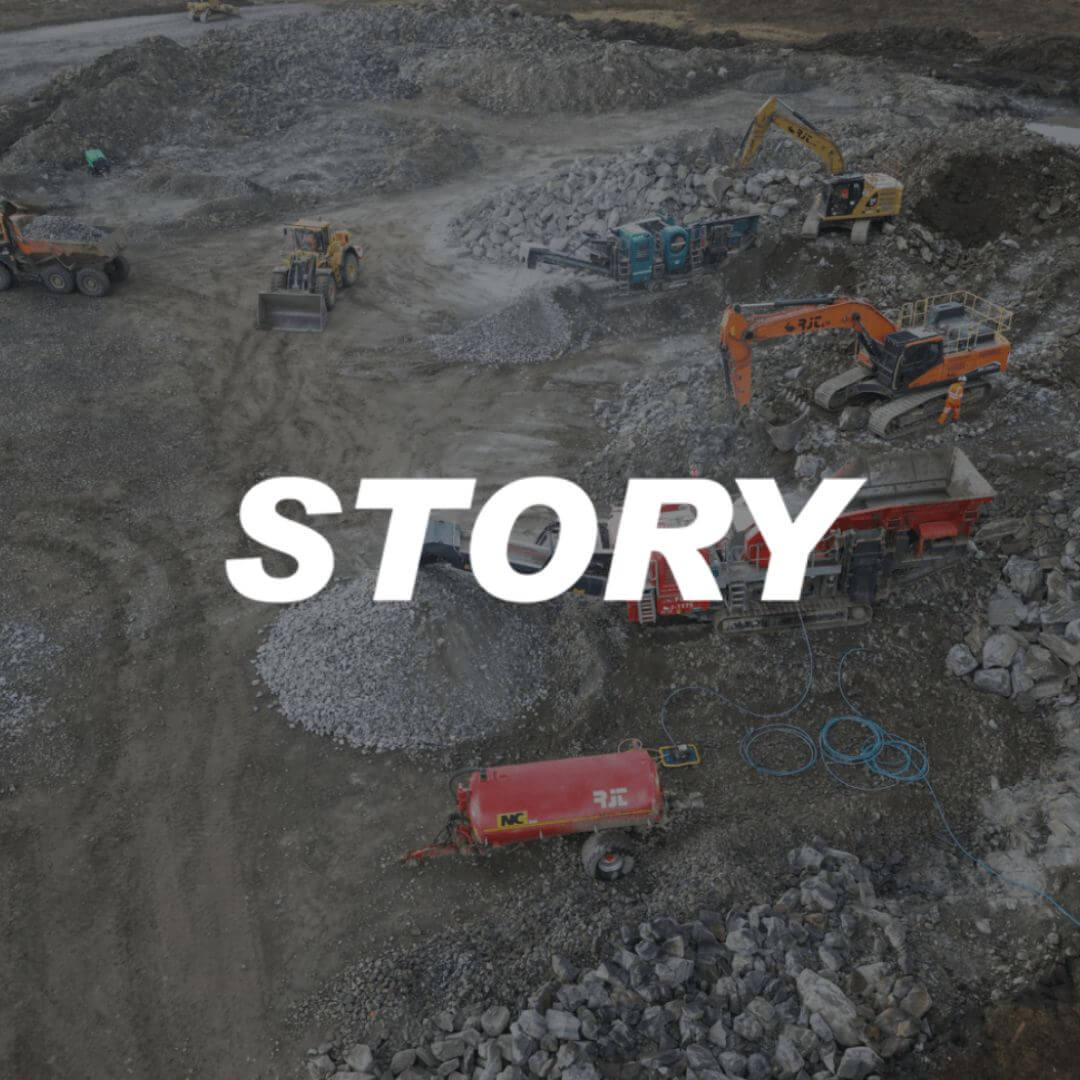Home/Shannon Valley is revolutionizing soil stabilization with streamlined data access
Shannon Valley is revolutionizing soil stabilization with streamlined data access
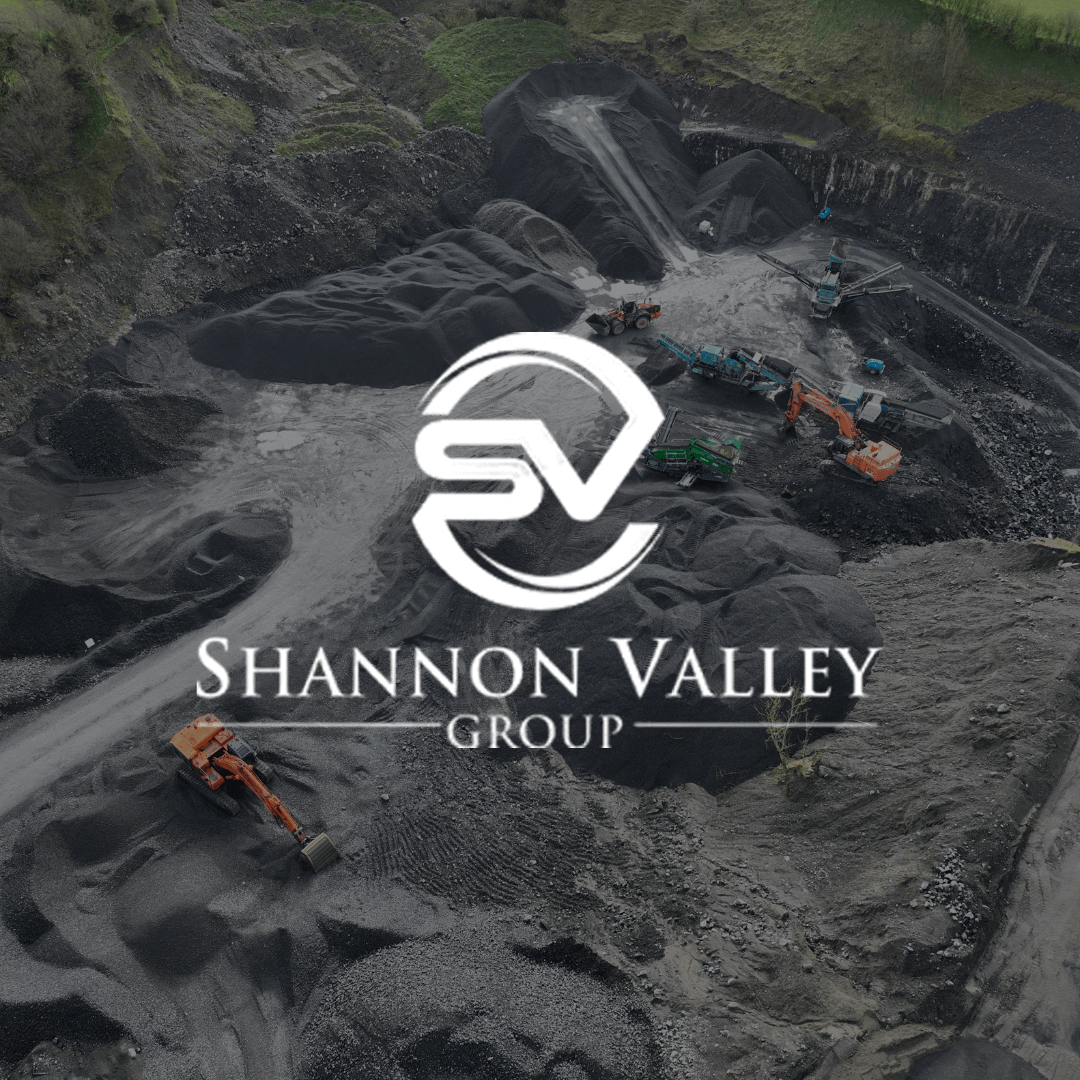
Shannon Valley uses Trimble® Stratus Software, powered by Propeller. Trimble, the global leader in positioning technologies, works closely with Propeller to deliver drone survey data solutions for the construction industry using Trimble Stratus. Originally established in 1991, Shannon Valley is a family-operated and owned business that has grown over the years into one of the leading civil engineering and construction contractors in Ireland. While they primarily complete groundwork both in Ireland and abroad, Shannon Valley is also involved in recycling works, quarry works, demolition, and plant hire. Site engineer Maciej Masiuk, the present-day head of the drone surveying department, was initially unenthusiastic when his manager signed on with Trimble Stratus. “I preferred self-processing the data, so I wasn’t really into it at first,” Maciej told us. “But then I realized how much time and work it saves.” Read on to learn how 3D site maps and streamlined data processing have transformed Shannon Valley’s workflows, supporting their innovative (and sustainable) soil stabilization projects across Europe. Before Trimble Stratus, Maciej found himself wondering how long his knees would survive his surveying work. Each week, he’d set up a GPS total station and walk a worksite, traversing dozens of kilometers to collect survey data by hand. Examples of some of the downsides of this process include: “Before, we didn’t have a proper application to share this kind of data. The files were too big and you could never just take a quick look. All that data is available at a glance in Trimble Stratus.” – Maciej Masiuk, Site Engineer Originally, Shannon Valley sought out Trimble Stratus to help democratize access to survey data. They wanted a way to share their survey results with everyone on the team, regardless of technical background. After the rollout, even the initially-skeptical Maciej was won over by Trimble Stratus’s ease of use and consistent accuracy. Shannon Valley’s favorite features and workflows: “Survey maps finally look like reality, not just lines and symbols that only a few people can read. Even working in the industry for 10 years, you sometimes have to Google what symbols mean. With Trimble Stratus, anyone can easily read the map.” – Maciej Masiuk, Site Engineer “If someone asks me to survey somewhere, there’s no miscommunication. I can just pull up the map and say, ‘Show me where you want me to go.’” – Maciej Masiuk, Site Engineer Overall, Maciej considers easy access to data the biggest win from using Trimble Stratus—especially for those new to drone surveying. “If you don’t have much experience, Trimble Stratus will definitely help you achieve high-quality data,” he said. Learn more about Propeller’s products, pricing, and how to get started on your site.
The problem: Time-consuming data capture with limited access
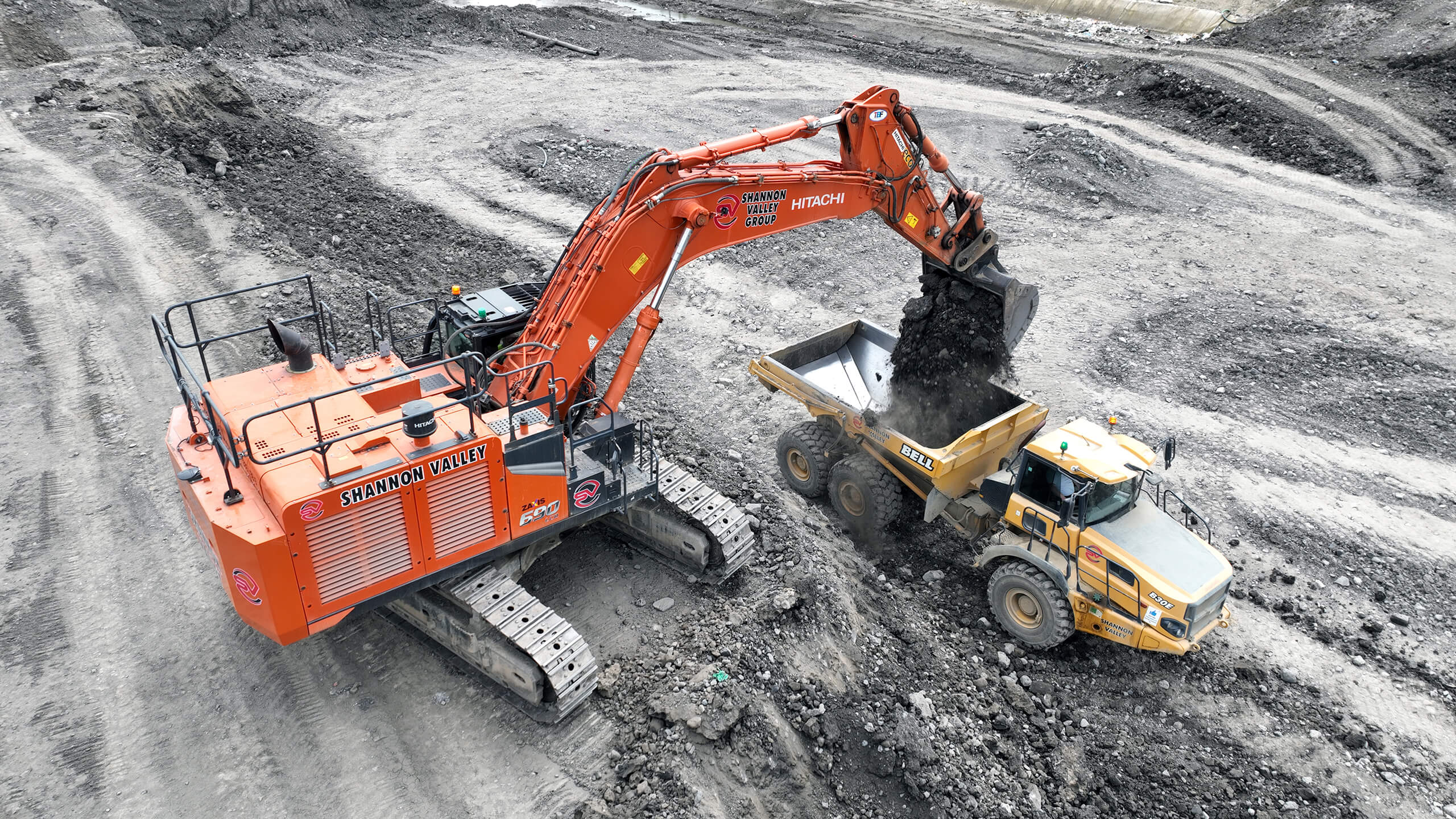
The solution: Streamlined processing and data sharing in the cloud
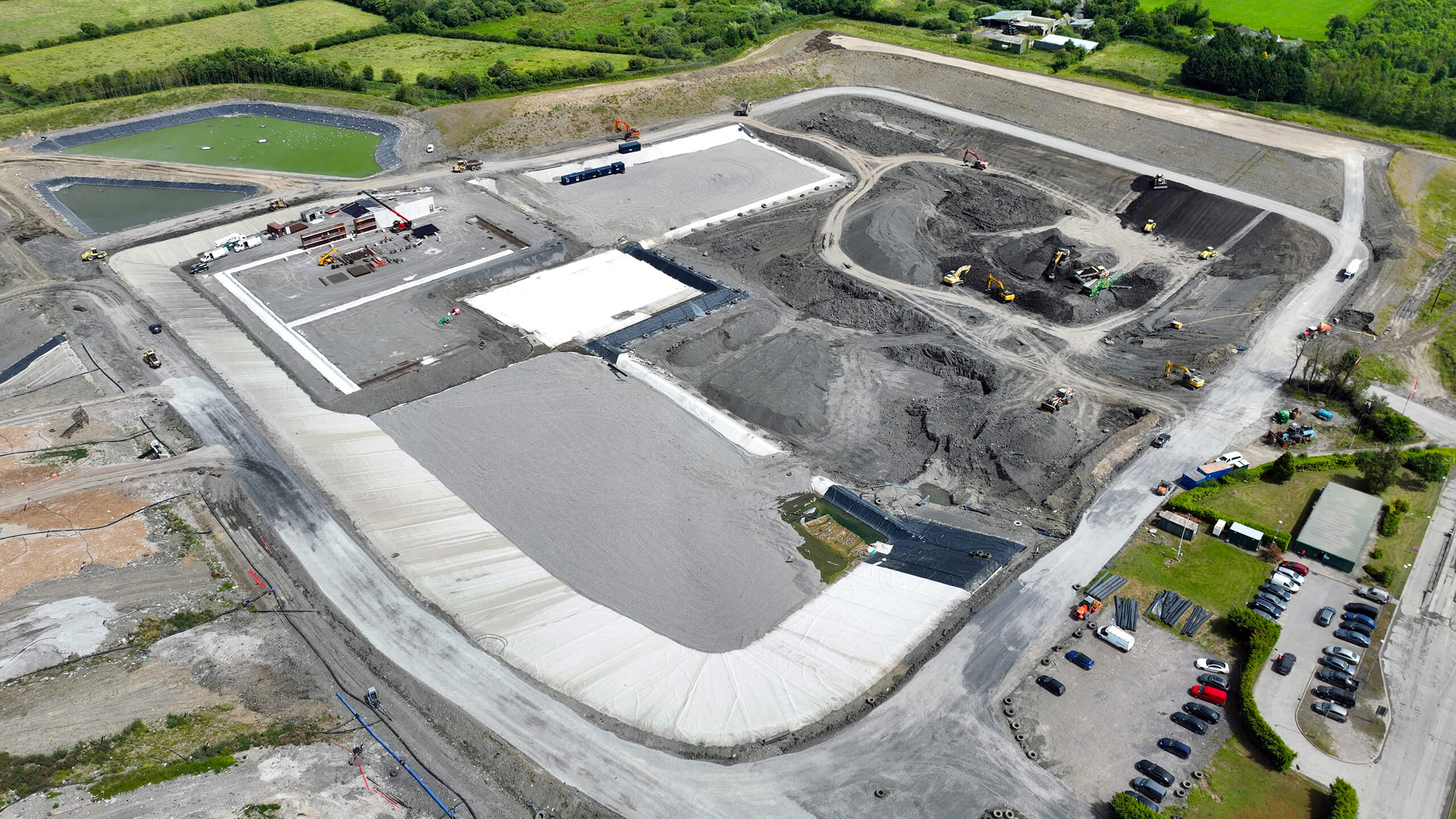
The result
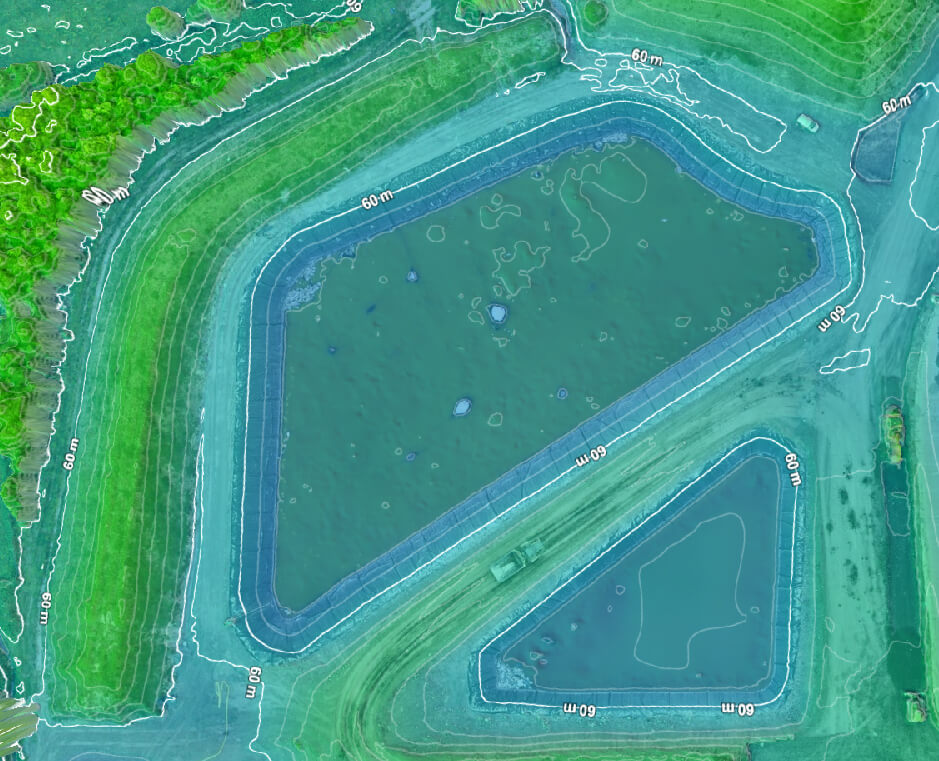
Want to know how Propeller can help you?
